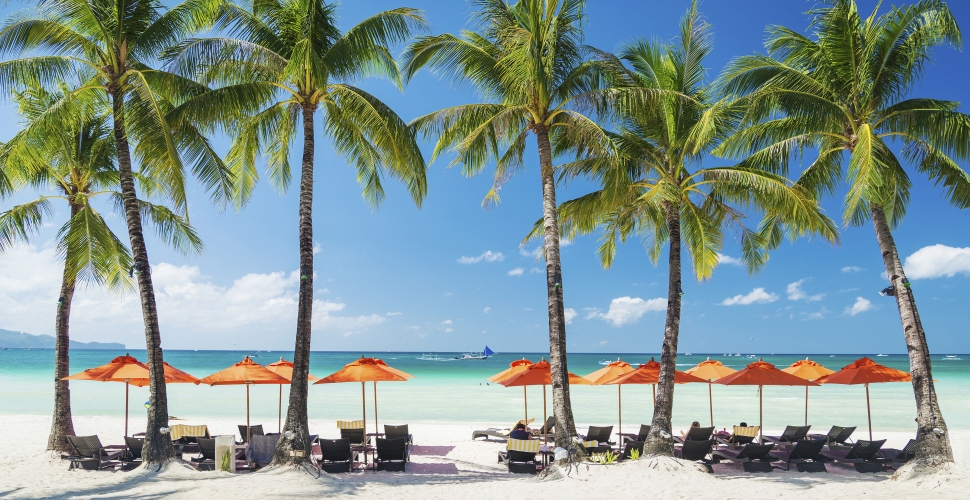Philippines: Is it Safe to Visit?
More than 154,000 Britons visited the Philippines in 2015, often with the aim of enjoying some of the country's many natural splendours.
From famous beach resorts such as Boracay to rice terraces, lakes and volcanoes, the nation's 7,000+ islands offer a plethora of outdoor activities.
But recent events have put the Philippines on the map for the wrong reasons. A gunman set fire to a casino in Manila on June 2, leaving 38 dead. This was classified as a criminal – rather than terrorist – act.
And an increase in terrorist activity in the nation's south western archipelagos has prompted the FCO to "advise against all travel" to certain areas, which include "western and central Mindanao and the Sulu archipelago".
The FCO also advises "against all but essential travel to the remainder of Mindanao (excluding Camiguin, Danagat and Siargao Islands) and to the south of Cebu province, up to and including the municipalities of Dalaguete and Badian, due to the threat of terrorism."
While these warnings do not apply to most of the country – including the island of Luzon where Manila is located – the FCO does state that terrorists may strike nationwide, "including in places visited by foreigners, like airports, shopping malls, public transport and places of worship."
The island of Mindanao was placed under martial law by President Duterte for 60 days, beginning 23 May.
There is also a nationwide threat of the "kidnapping of foreign nationals," the FCO says, but it "is particularly acute in the southern Philippines".
The FCO's current advice also reminds visitors that "There's a high incidence of street crime and robbery throughout the Philippines." However, visitors to the Philippines have faced this issue for many years and it has not dissuaded tens of thousands of Britons to visit.
Extreme weather
In terms of extreme weather, the FCO says that around 20 typhoons strike the Philippines annually.
Zika virus (ZIKV)
There is also a risk of Zika virus infection. TravelHealthPro.org.uk states "Pregnant women are advised to postpone non-essential travel until after the pregnancy.” Read more on this here
"Most visits trouble free"
While recent developments may alarm some would-be visitors to the Philippines, the FCO states that "Most visits are trouble-free."
Can I get travel insurance for the Philippines?

In common with other insurers, starttravel.co.uk is unable to cover visitors to "areas which are regarded by” by starttravel.co.uk “as War Risks and Civil Hazards areas and/or in areas in which You are travelling against the advice of the Foreign and Commonwealth Office." Read the full policy document.
However, at time of writing, most of the Philippines does not fall into this category. Popular attractions such as the Batad Rice Terraces and Mayon Volcano (both on Luzon); and Kayangan Lake on Coron Island are not regarded as high risk by the FCO.
See the risk map on the FCO's Philippines advice page here: https://www.gov.uk/foreign-travel-advice/philippines
Visiting the Philippines?
Even if the FCO advises that the area you are travelling to is safe, you will still need travel insurance for your trip. Get a travel insurance quote today from starttravel.co.uk
Get a Quote